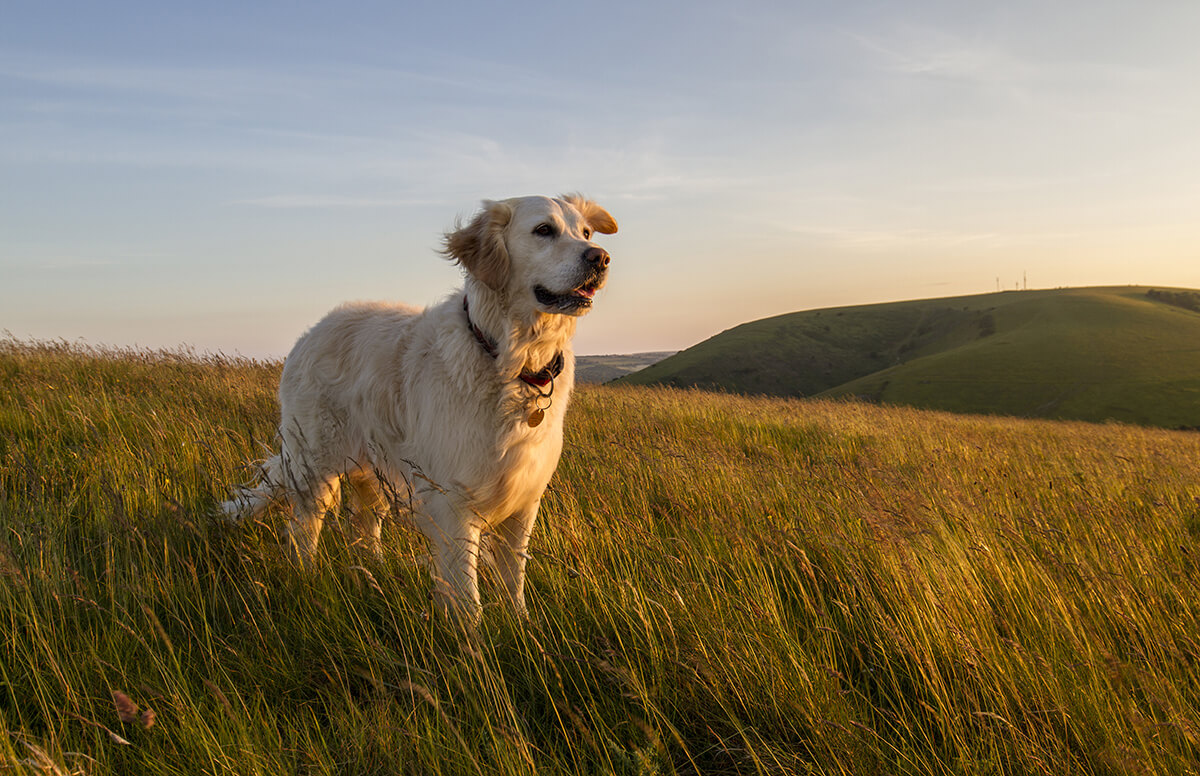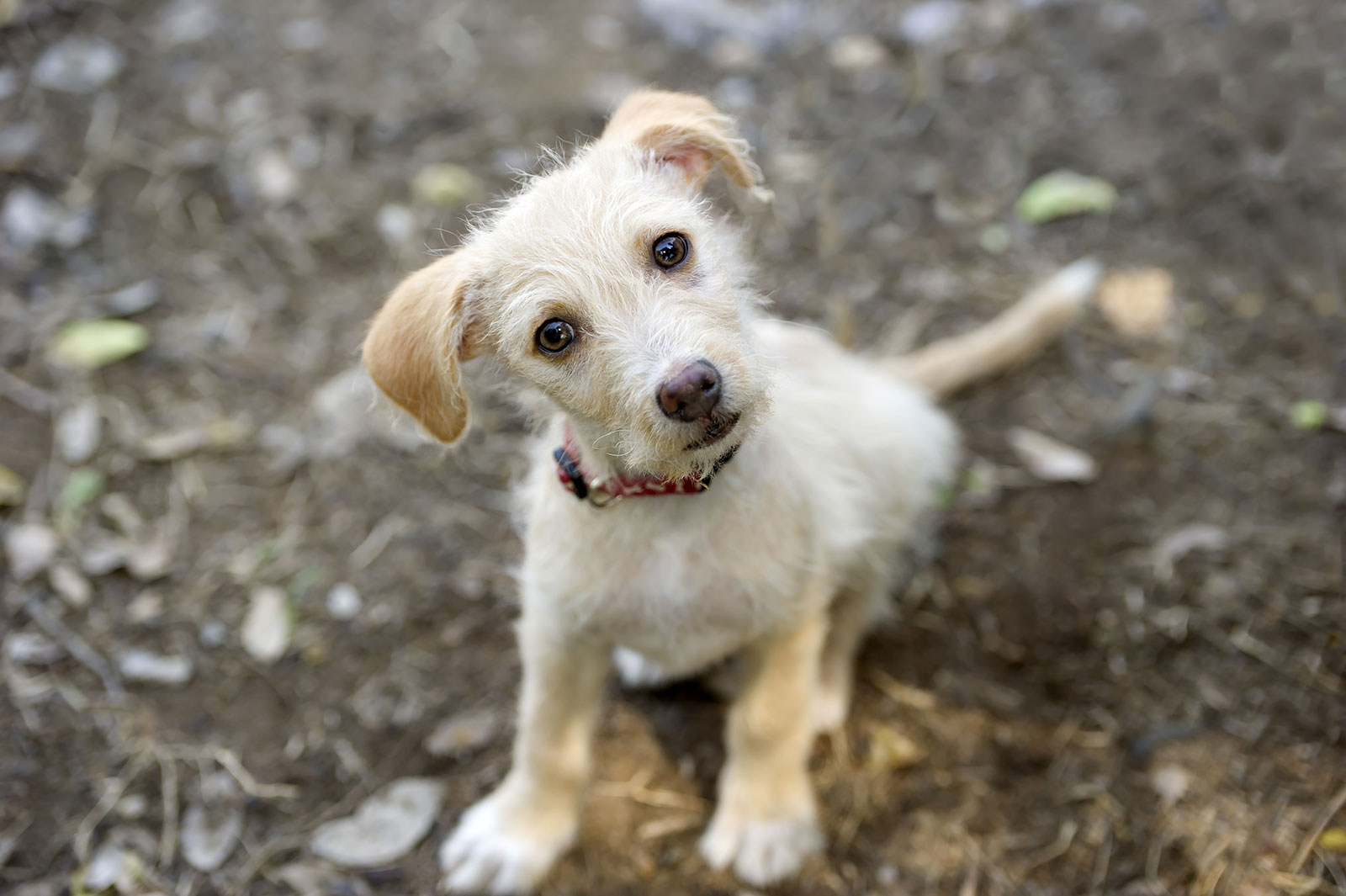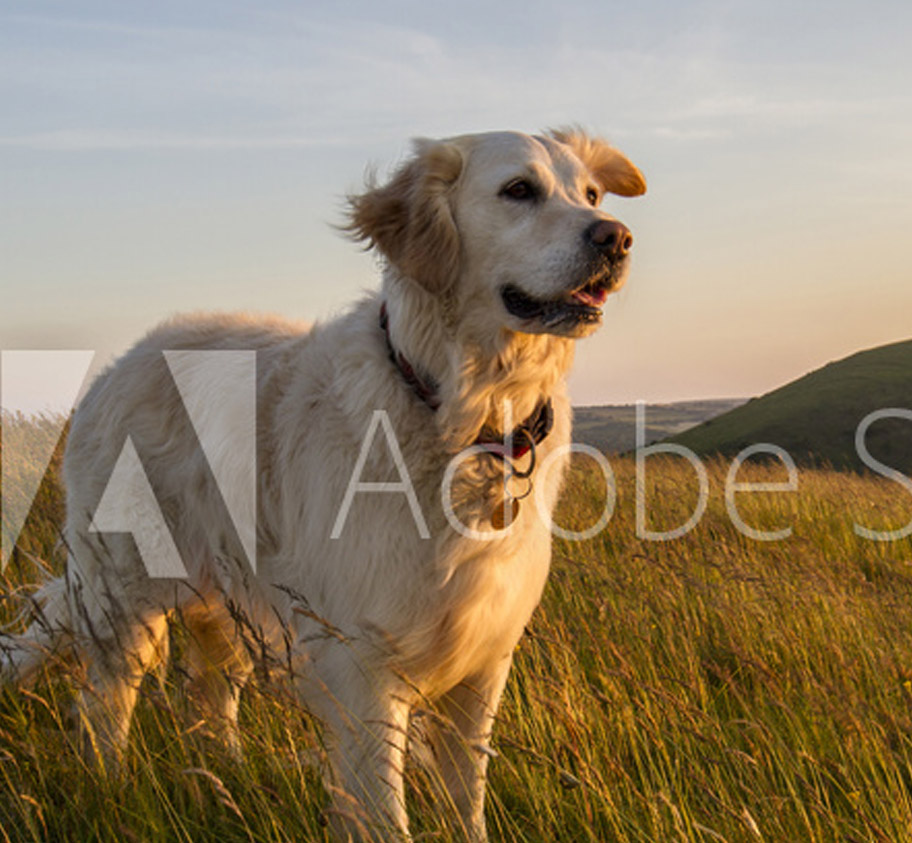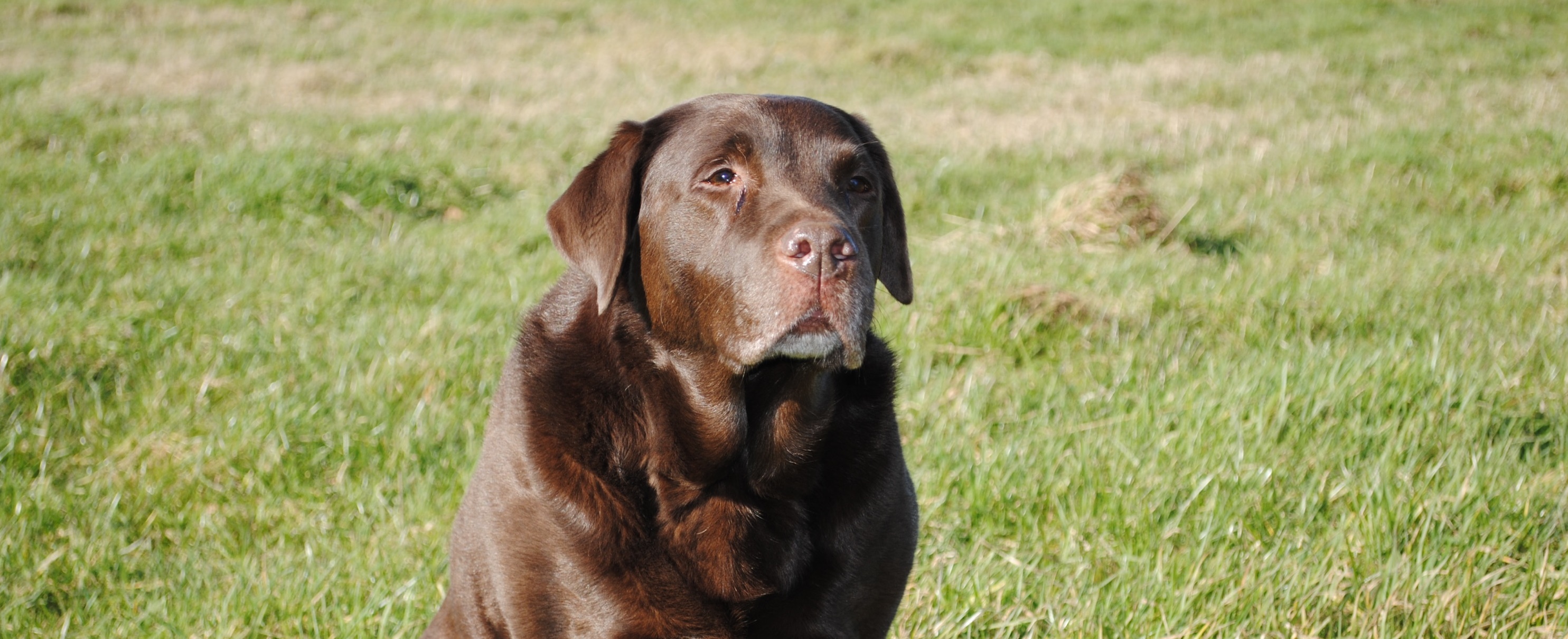
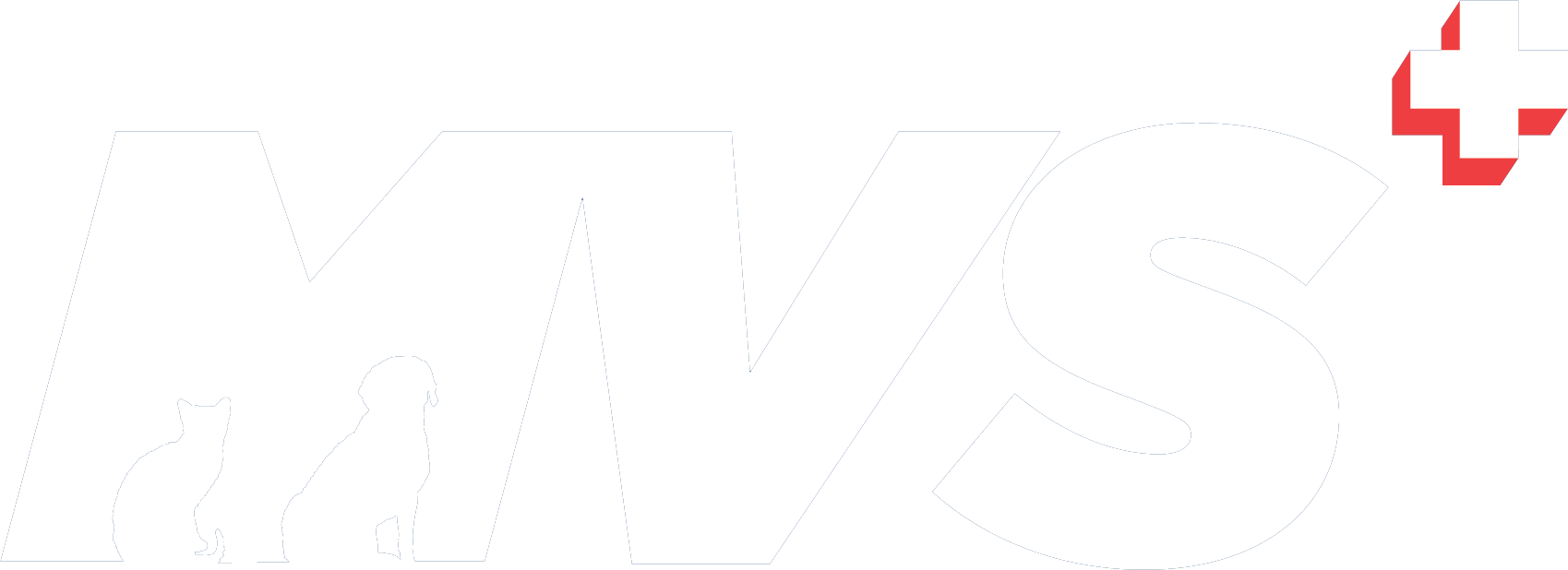 Menu
Menu
Total hip replacement (THR)
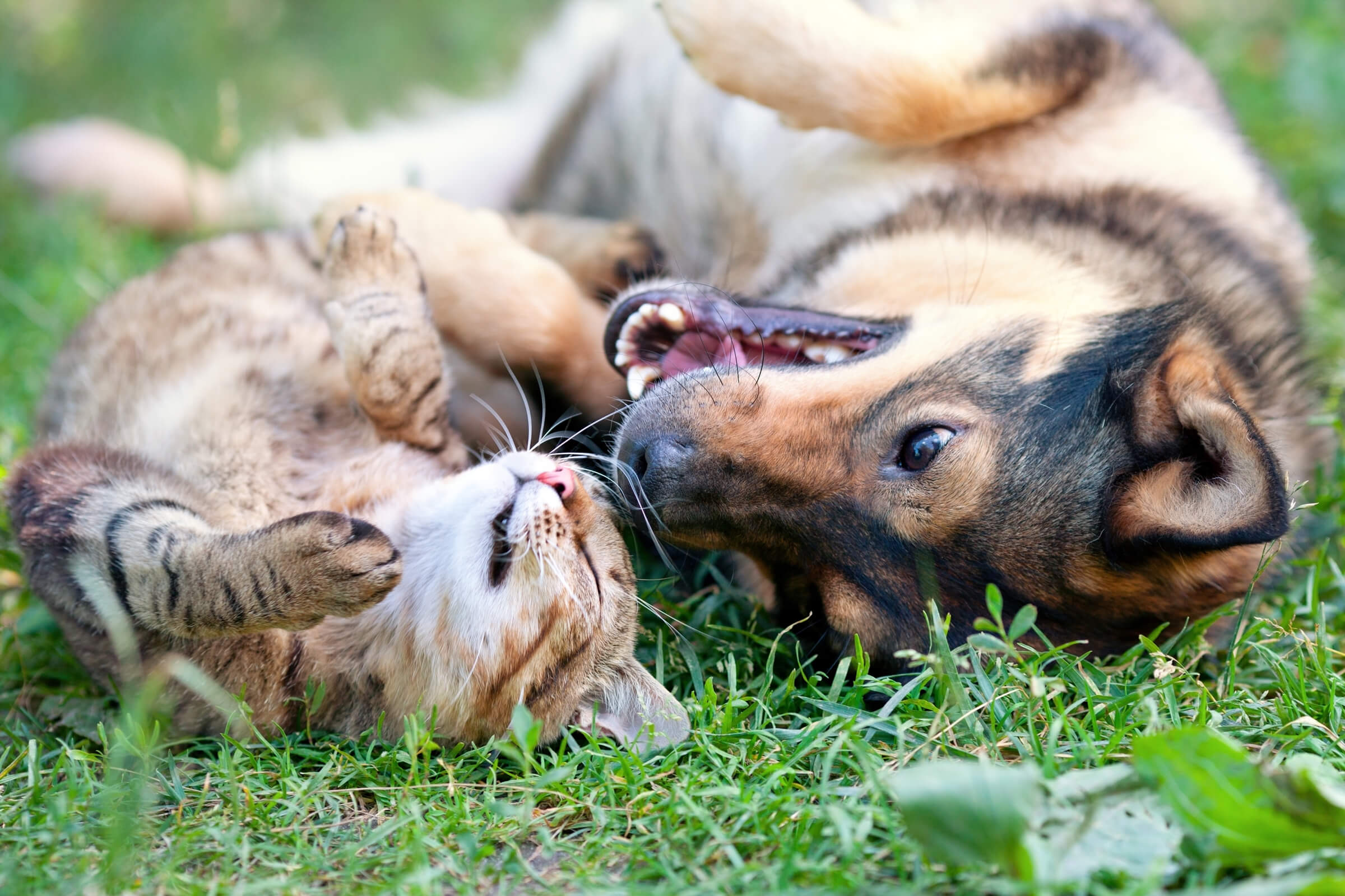
This is a type of surgical salvage procedure, which is an operative technique used to remove a diseased area of the bone but preserve the rest of the limb. In this technique the hip joint is removed and replaced with a metal ball and plastic cup.
Who needs a THR?
Patients with severe and debilitating hip disease, which is non-responsive to medical or conservative therapy, are the most likely candidates requiring a THR. Our surgeons will need to evaluate your pet fully prior to considering them a suitable candidate. We will also need to talk through the potential risk and benefits prior to deciding to proceed to make sure owners are as informed as possible before undertaking this surgery.
Due to recent developments in the implant technology this procedure can be performed on patients as large as Great Danes and as small as Chihuahuas. This procedure can also now be performed in cats.
Who performs THR surgery?
As this is an act of veterinary surgery, only a veterinary surgeon can perform this. However, this is considered a specialist procedure and as such only certain vets will undertake this technique. This is a technically very demanding procedure and should only be performed by experienced and ideally Specialist orthopaedic surgeons.
In our clinic, Ben and Steve perform this surgery as a team and have successfully completed over 100 operations to date. Having two surgeons performing the procedure gives the best surgical perspective from two specialists which leads to a successful outcome in the majority of our patients.
Are there different types of THR?
There are two main classes of THR technique, those using bone cement (cemented) and those that rely on other means of fixation (cementless). Different manufactures have developed numerous systems for performing veterinary THR. At MVS, we use the BioMedtrix THR system. This product has been on the market since 1990 and is therefore the most widely studied. Currently, there is no scientific consensus as to which is the favoured technique, cemented or cementless. We have the availability to perform both techniques and which is used is decided on a case by case basis.
Does my pet need both hips treating?
Although the disease may be present in both hip joints, some patients will only require the procedure performing in one joint to significantly improve their quality of life. Others will need both hips replacing but this will be discussed at the time of consultation.
What is the outcome after THR?
This can be a life changing procedure, bringing comfort and improved mobility in many patients. The success rate for THR is approximately 90%, and most patients are more comfortable within a few days to weeks of surgery. We expect most patients to return to full activity assuming there are no complications.
Are there alternatives to THR?
There may be certain situations where THR is not a viable option such as for financial reasons or variations in individual anatomy that preclude THR. In this case, Femoral Head and Neck Excision (FHNE) could be pursued. This procedure involves removal of the hip joint and a false hip joint is allowed to develop from scar tissue. Most patients undergoing this procedure will be left with a limp or gait abnormality but pain relief is usually satisfactory to improve the quality of life. Physical therapy (hydrotherapy and physiotherapy) can help maximise limb function for these patients.
Stay in touch
Follow us on social media and keep up to date with all the latest news from the MVS clinic.
